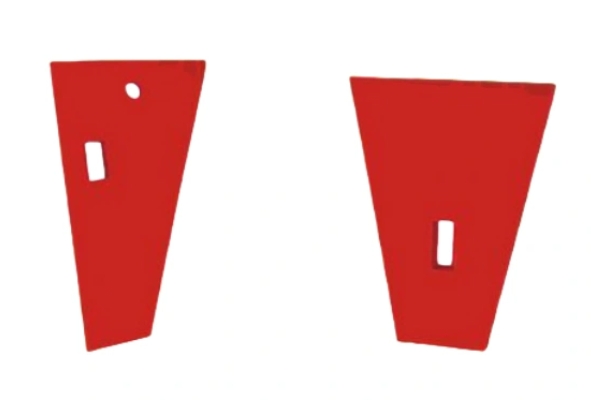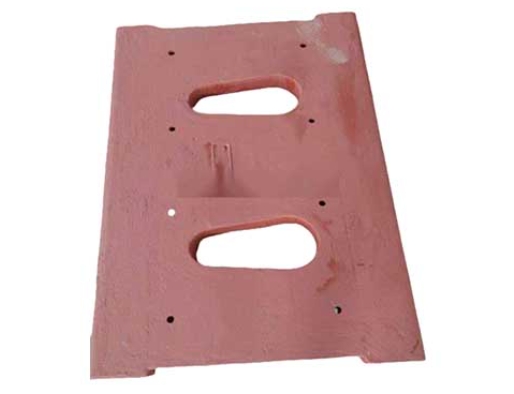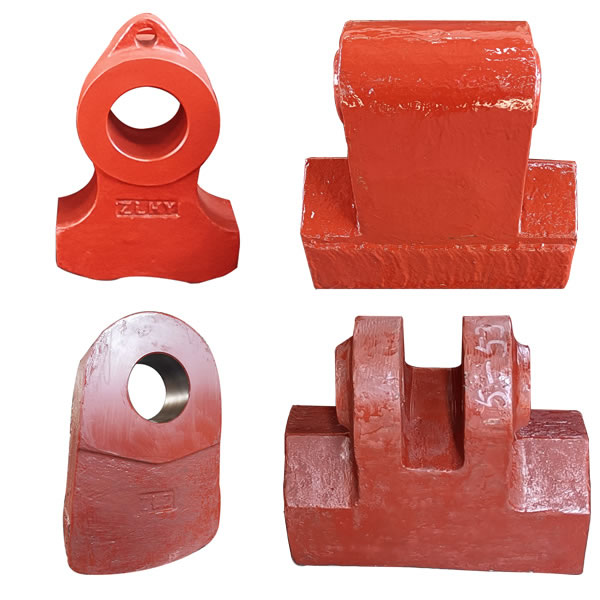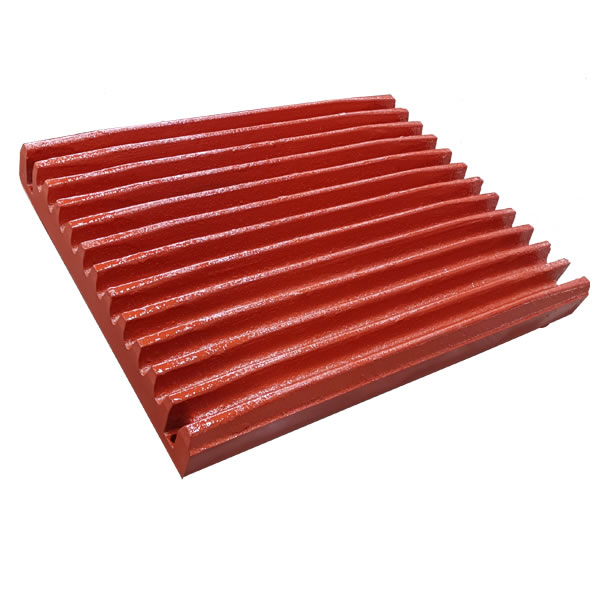Brief introduction of the six components of jaw crusher
- 2024-07-24
- view count:
In sand and gravel production, jaw crusher is a relatively common crushing equipment, which is composed of frame, jaw plate and side guard plate, transmission parts, adjustment device, flywheel, lubrication device, etc. Here, we will briefly introduce the six main components of jaw crusher.
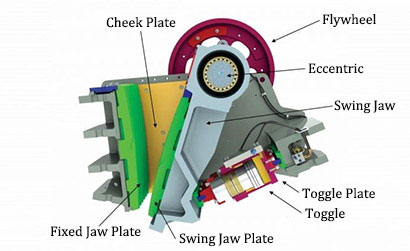
1. Frame
The frame is a rigid frame with four walls that are open at the top and bottom. Its function is to support an eccentric shaft and bear the reaction of the crushed material. It needs to have a certain strength and rigidity. It is usually cast as a whole with cast steel. For small machines, it can also be replaced with high-quality cast iron. The frame of large machinery is generally cast in blocks and then fixed together with screws. The casting process is relatively complicated. The frame of the self-developed small jaw crusher can also be welded with a certain thickness of steel plate, but its rigidity is not high.
2. Clamping jaw and frame
The fixed and movable jaws are composed of two parts: the jaw seat and the jaw plate. The jaw plate is the working part and is connected to the jaw seat by screws, wedge irons, etc. The jaw seat of the fixed jaw is the front wall of the frame, and the movable jaw is suspended on the circumference. It is required to have a certain hardness and strength to withstand the reaction force during crushing, so cast steel or cast iron is mostly used.
Jaw crusher parts produced by our company
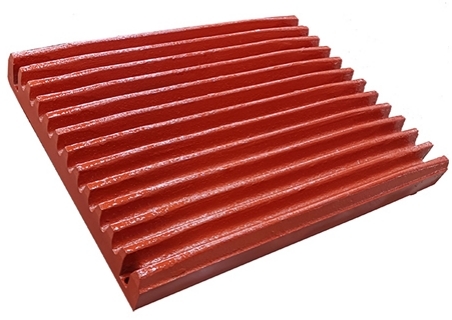
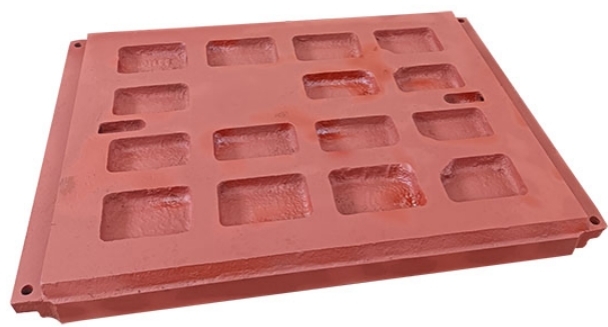
3. Driving parts
The eccentric shaft is the main shaft of the crusher, which is subjected to great bending and torsion. The inner bush of the bearing is cast with babbitt alloy and surface treated. A pulley is installed at one end of the eccentric shaft and a flywheel is installed at the other end.
4. Adjuster
The adjustment mechanism includes wedge-shaped, pad-shaped, hydraulic-shaped, etc. The wedge-shaped structure is usually used, which is composed of two wedge-shaped structures, the front wedge structure can move back and forth to push against the back; the rear wedge is an adjustment wedge that can move up and down. The slope of the two wedges is inverted, and the screw drives the rear wedge to move up and down to adjust the size of the discharge. The small jaw crusher adjusts the discharge by increasing or decreasing the number of spacers between the thrust plate bracket and the frame.
5. Rotating flywheel
The flywheel of the jaw crusher is used to store the energy generated by the movement of the movable jaw, which is then used for industrial forming, making the consistency of the machine's work more consistent. The pulley also acts as a flywheel. The material of the flywheel is generally cast iron or steel, and it is a single piece on small machines. When making and installing the flywheel, attention should be paid to its static balance.
6. Lubrication mechanism
The bearings of the eccentric shaft are generally lubricated in a central circulation manner. The bearing surfaces of the main shaft and the thrust plate are usually lubricated with grease applied by a manual oil gun. Since the swing angle of the moving nozzle is small, it is difficult to lubricate the main shaft and the bearing sleeve. Usually, several axial oil grooves are dug at the bottom of the bearing sleeve, and an annular oil groove is dug in the center to connect the two bearing sleeves, and then the oil pump is used to force the dry butter to lubricate the bearing sleeve.
Jaw crusher parts produced by our company
